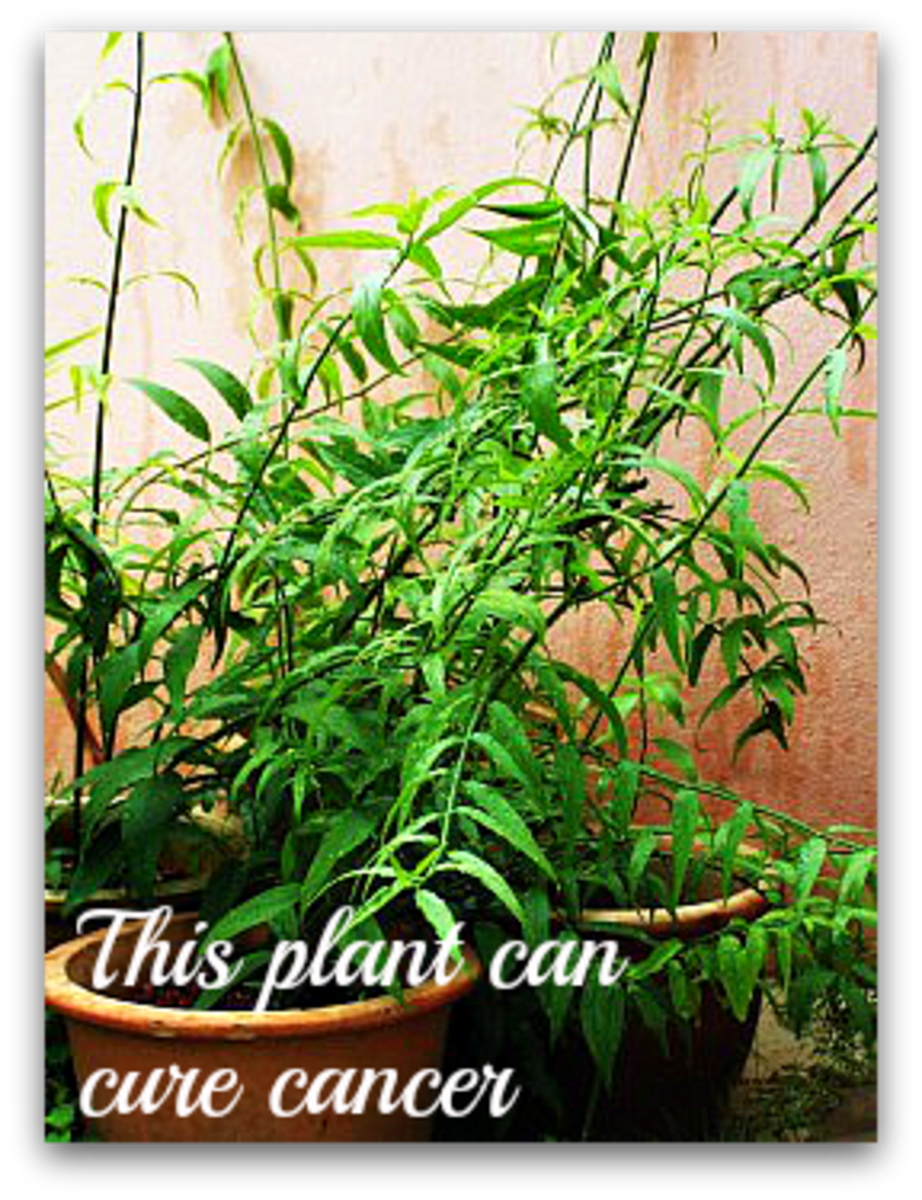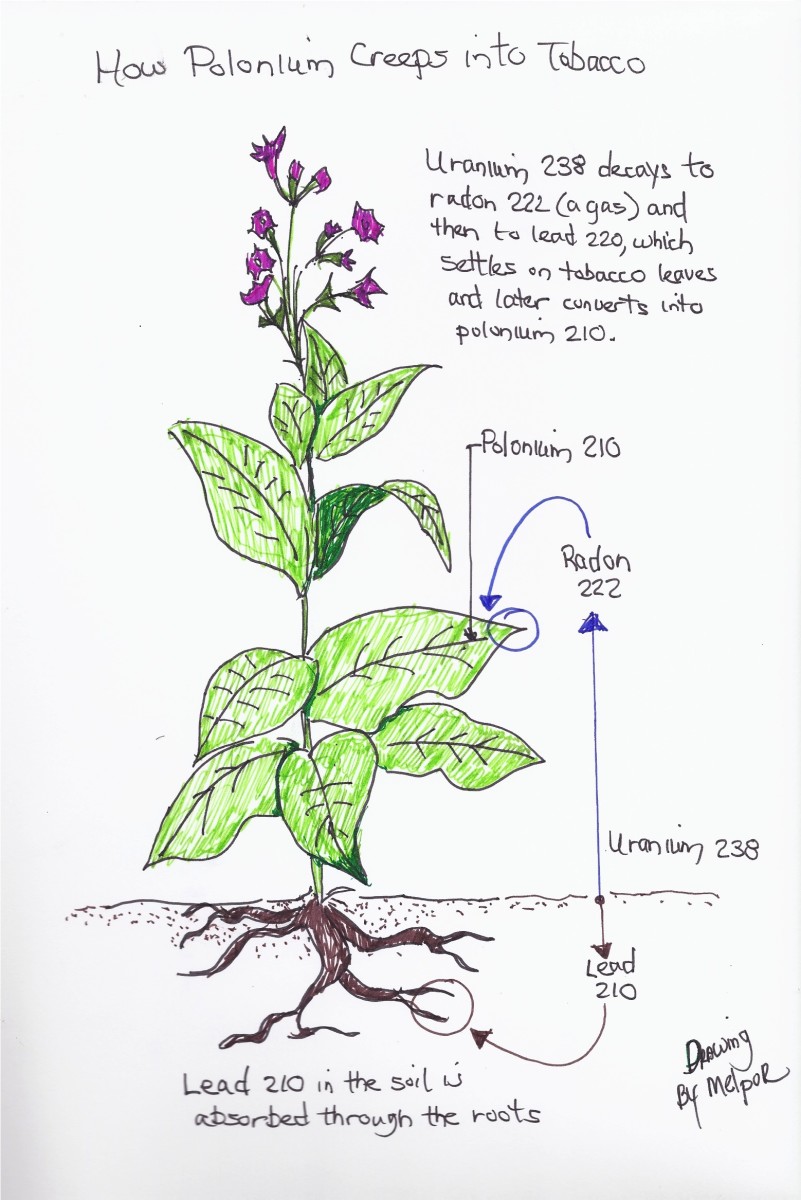Amazing New Facts About Tobacco

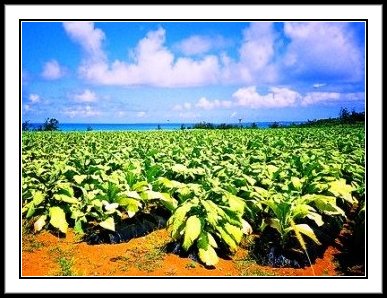
Preventable Cause Of Death
According to the Surgeon General, tobacco has a negative effect on virtually every organ of the body. Tobacco use has been classified as the most preventable cause of death in the United States. Worldwide, the use of tobacco products is responsible for about 6 million deaths annually.
We are more than familiar with these types of statistics. The facts have been substantiated through countless studies. However, recent studies show the tobacco plant may have beneficial properties as well. A gel produced from a close relative to the tobacco plant is being heralded as a possible preventative measure for HIV, according to some U.S. researchers.
The University of Louisville's Owensboro Cancer Research Program has published studies suggesting the protein griffithsin, found in the Nicotiana Benthamiana plant, can prevent human immunodeficiency virus from infecting cells of the immune system. The report also states the drug could be manufactured very inexpensively.

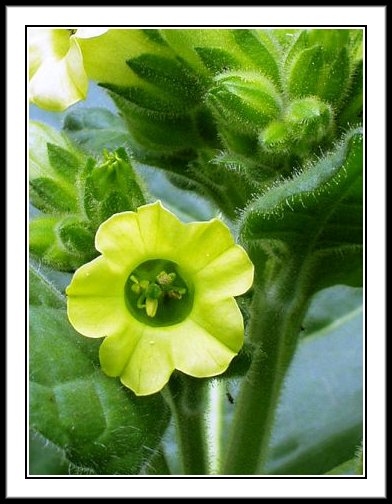
Other Scientific Fronts
And on other scientific fronts, another therapeutic made from a tobacco plant is being touted as a successful combatant against the West Nile Virus infection. Research at Arizona State University's Biodesign Institute has been the first to demonstrate a plant-derived treatment after exposure and infection.
More benefits have also been forth coming from the United Kingdom. A genetically modified strain of tobacco tempering the damaging effects of a toxic pond scum has been developed. The toxin scientifically known as Microcystin-LR (MC-LR) makes water unsafe for drinking, swimming, or fishing. In developing countries it could be a great boon for keeping water sources safe to use.

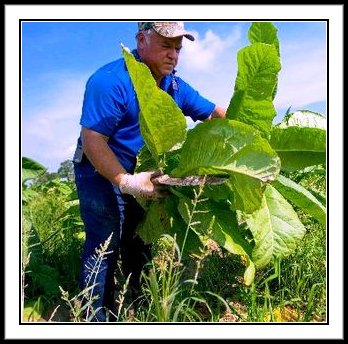
Biofuels
In yet another study conducted by the Biotechnology Foundation Laboratories at Thomas Jefferson University in the United States, a way has been found to create biofuel from modified tobacco plant leaves. Based on data collected, tobacco and other plants could be a promising alternative to fossil fuels.
Therefore, we can conclude from these examples, tobacco might become as well known for keeping us healthy as it is for its’ destructive health properties. But where did this versatile plant originate? Sources indicate it was a common plentiful plant native mostly to the Americas.
Up until recent times it was mostly farmed as an agricultural product processed from the leaves of plants in the genus of Nicotiana. Its’ most common use was as a recreational drug, but it also had some medicinal value. The leaves were cured, dried and stored for 2 to 3 years before their use. It was used as early as the 16th century as a medicine in Europe. The name Nicotiana is derived in honor of Jean Nicot, French ambassador to Portugal.
Tobacco has been recognized as a chief health hazard since the 1950’s. When burned, tobacco produces around 4,000 different compounds. At least 60 of these are cancerous. Nicotine, an addictive colorless oil also produced by the plant, is one of the most powerful poisons known. It is also a major component in insecticides.
Tobacco had been used in the Americas long before European settlers arrived. They took the practice to Europe, where it quickly became popular. In contrast, Native Americans had never used the drug recreationally. Eastern North American tribes carried large amounts of tobacco in pouches to trade. They smoked it in pipes during sacred tribal ceremonies or in sealing a bargain. It was an accepted practice even in childhood, since it was believed tobacco was a gift from their Creator and exhaled tobacco smoke carried their thoughts and prayers to the afterlife.
An amusing legend from the Huron Indians handed down from ancient times refers to the origin of the tobacco plant. It tells of a time when the land was barren and people were starving. According to the myth the Great Spirit sent a woman forth to save them. As the woman traveled around the world, everywhere her right hand touched the land, potatoes grew. And everywhere her left hand touched, corn grew. When the Earth was once again rich and fertile, she sat down and rested. When she stood up again, there grew tobacco. There has to be some kind of moral implication in there somewhere!



